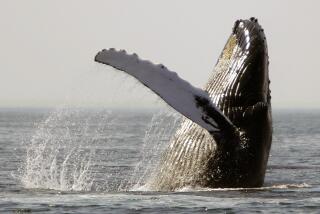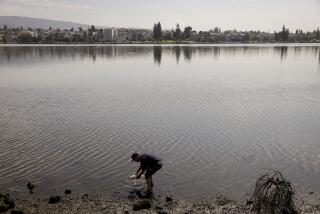Resources
PART ONE
Scripps Institution of Oceanography
https://scripps.ucsd.edu
Center for Marine Biodiversity and Conservation
https://cmbc.ucsd.edu
Harbor Branch Oceanographic Institution
www.hboi.edu
International Nitrogen Initiative
www.initrogen.org
Sea Around Us Project
www.seaaroundus.org
Millennium Ecosystem Assessment
www.millenniumassessment.org
PART TWO
Marine Mammal Health and Stranding Response Program
www.nmfs.noaa.gov/pr/health
NOAA Oceans and Human Health Initiative
www.ogp.noaa.gov/mpe/ohi
The Marine Mammal Center
www.tmmc.org
MAR3INE
www.mar3ine.org
Woods Hole Oceanographic Institution: Red Tide and Harmful Algae Blooms
www.whoi.edu/redtide
NOAA’s National Ocean Service: Harmful Algal Blooms
https://oceanservice.noaa.gov/topics/coasts/hab
PART THREE
Solutions To Avoid Red Tide
www.start1.com
Mote Marine Laboratory
www.mote.org
National Institute of Environmental Health Sciences: Red Tide Toxins, Health Effects and Exposure Study
https://isurus.mote.org/niehsredtidestudy
Florida Fish and Wildlife Research Institute
https://research.myfwc.com
PART FOUR
Beachcombers’ Alert
www.beachcombers.org
NOAA’s Marine Debris Program
https://marinedebris.noaa.gov
Algalita Marine Research Foundation
www.algalita.org
PART FIVE
Office of Climate Observation
www.oco.noaa.gov
Institute for the Study of Society and Environment
www.isse.ucar.edu/kleypas
National Science Foundation: Report Warns of Rising Carbon Dioxide Threats to Marine Life
www.nsf.gov/news/news_summ.jsp?cntn_id=107060
IPCC Special Report on Carbon dioxide Capture and Storage
https://arch.rivm.nl/env/int/ipcc/pages_media/SRCCS-final/IPCCSpecialReportonCarbondioxideCaptureandStorage.htm
The Royal Society: Ocean acidification due to increasing atmospheric carbon dioxide
www.royalsoc.ac.uk/document.asp?id=3249
NOAA’s Pacific Marine Environmental Laboratory Carbon Dioxide Program
www.pmel.noaa.gov/co2/co2-home.html






